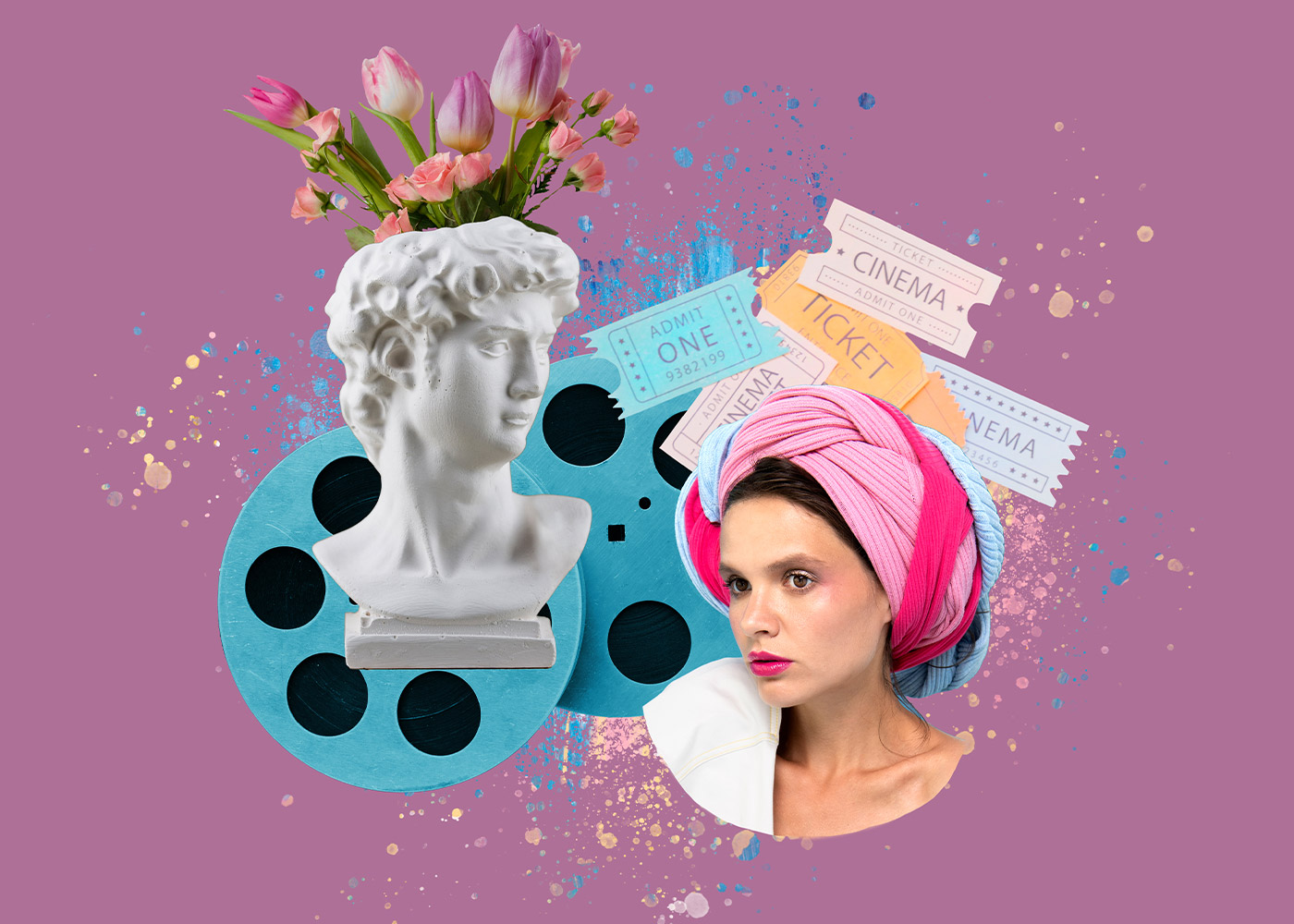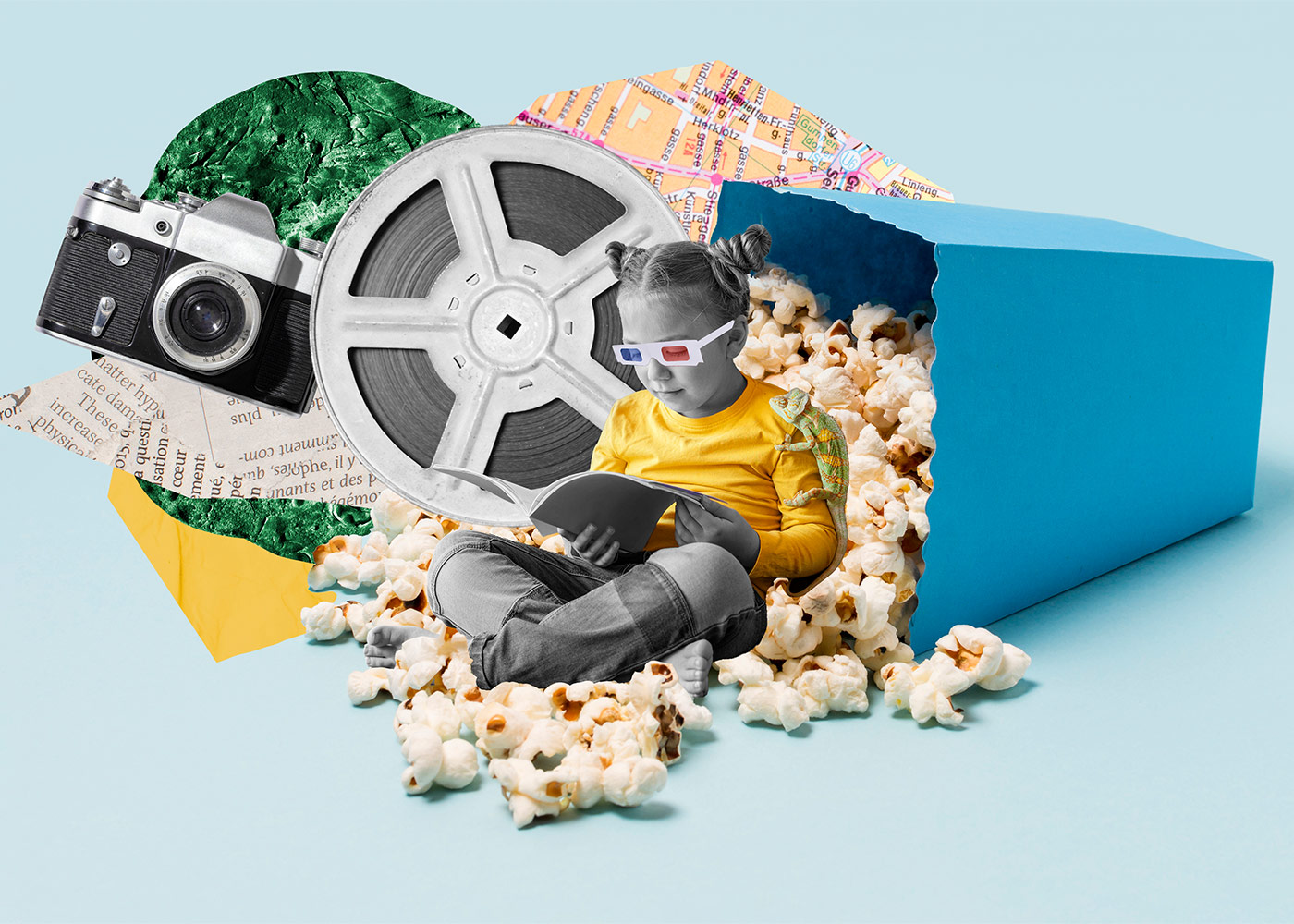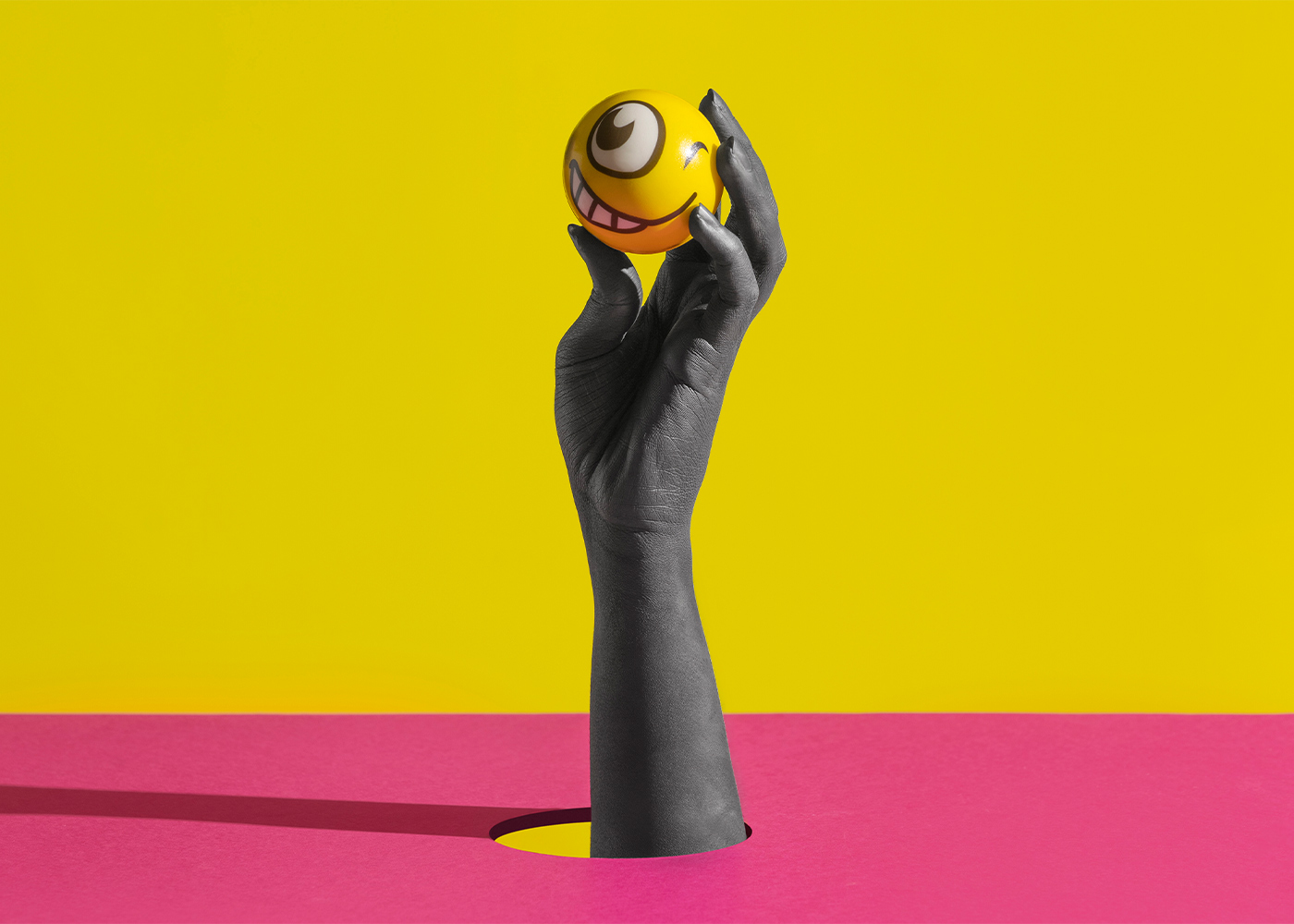The Art of Creative Photography and Its Golden Tips

Creative photography is a form of artistic expression that goes beyond simply capturing a scene as it appears. It involves using various techniques, perspectives, and post-processing methods to convey emotions, tell stories, and provoke thoughts in the viewer. Creative photographers often experiment with composition, lighting, color, and subject matter to create visually striking and unique images.
If you are looking for exciting ideas for creating advertising photos, be sure to visit the portfolio page of Studio NextShot.
How do I create an alluring and captivating photograph?
In the realm of creative photography, you purposefully incorporate an element to amplify the distinctiveness of your image. This element might arise from a straightforward series of steps you employed to achieve that singular image, or it could stem from an intricate post-processing method that enhances the image’s ambiance and tactile quality. For instance, beyond solely achieving impeccable exposure through the camera, you must contemplate means to infuse a unique viewpoint into the image. This imparts an alluring creative quality, setting it apart from the realm of conventional photography.
Crafting an attractive photograph involves blending various components and methods to turn a basic scene into an aesthetically appealing and thought-stimulating image. Below is a stepwise manual to aid you in rendering your images more captivating:
Choose an Intriguing Subject:
Begin with a subject that captivates you or possesses distinctive qualities. This could range from ordinary objects to individuals, landscapes, or abstract concepts. Seek out subjects that offer the potential for unique and engaging portrayals.

Experiment with Composition:
Play around with diverse composition techniques to generate visual allure. These could encompass applying the rule of thirds, utilizing leading lines, framing, symmetry, or asymmetry to direct the viewer’s gaze and introduce dynamism to the picture.
Capture Unique Perspectives:
Alter your viewpoint. Attempt capturing shots from elevated positions, ground level, or unconventional angles. Shifting perspectives can lend a fresh and unanticipated aspect to commonplace subjects.
Harness Creative Lighting:
Lighting plays a pivotal role in photography. Explore varied lighting conditions—natural and artificial—to craft dramatic effects. Employing backlighting, side lighting, and manipulating shadows can infuse depth and dimension into your photo.
Focus on Color and Contrast:
Utilize color to establish the mood. Select a color palette that harmonizes with the subject and evokes the desired emotions. Experiment with contrasts to accentuate elements and forge visual impact.
Narrate a Story or Elicit Emotion:
Contemplate the message you wish to convey through your image. Whether it’s a narrative, emotion, or idea, frame your shot and adjust components to effectively communicate your intended message to observers.
Infuse Motion and Activity:
Infuse motion into your photo for added dynamism. This can encompass capturing motion blur, freezing rapid movement, or utilizing long exposures to illustrate the passage of time.
Employ Depth of Field:
Manipulate depth of field to isolate your subject from the background or foreground. Employing a shallow depth of field (wide aperture) can generate a dreamy, focused subject against a blurred backdrop.
Experiment with Post-Processing:
Post-processing empowers you to augment the artistic facets of your image. Tweak contrast, saturation, and color balance. Experiment with various filters, effects, or even digital manipulation to achieve your envisioned visual style.

Think Creatively:
Dare to depart from conventions. Introduce unconventional components, experiment with double exposures, merge multiple images or craft abstract interpretations of your subject.
Seek Creative Sparks:
Draw inspiration from the work of fellow photographers, artists, and designers. Analyze their techniques, styles, and compositions to understand how they generate imaginative visuals.
Practice and Hone:
Forging creative images requires practice. Persist in experimenting, evaluating your work, and refining your methodology. Over time, you’ll cultivate a distinct style that mirrors your artistic vision.
In essence, fostering attractive imagery involves embracing a receptive mindset and an eagerness to explore novel techniques and concepts. Experimentation, coupled with a solid grasp of composition, lighting, and storytelling, will empower you to capture images that captivate and deeply resonate with viewers.
Exploring Creative Photography: Techniques and Ideas
Here are some creative photography techniques and ideas to help you enhance your photography skills and produce captivating images:
Double Exposure: This involves combining two or more images in a way that they blend together to create a visually intriguing composition. You can experiment with portraits and textures, nature scenes with cityscapes, or even mix different elements to tell a unique story.

Long Exposure: By using longer shutter speeds, you can capture movement over time, creating stunning effects. Waterfalls appear silky and smooth, car headlights leave trails, and starry skies transform into mesmerizing star trails.
Light Painting: This technique involves using a handheld light source to illuminate specific areas during a long exposure. By “painting” light onto your subject or background, you can create artistic patterns, words, or drawings.
Forced Perspective: Manipulate the perspective of your subjects to create optical illusions. This could involve making a small object appear large by placing it closer to the camera, or making people interact with distant objects to alter their perceived size.
Multiple Exposures: In-camera multiple exposures allow you to overlay several images on a single frame. This can lead to abstract, dreamlike images that merge different elements into one cohesive composition.
Reflections: Reflections add depth and complexity to your images. Capture reflections in calm water surfaces, glass windows, or shiny objects to create visually rich and intricate compositions.
Bokeh Photography: Bokeh refers to the pleasing blur in the out-of-focus areas of an image. You can create captivating images by using a wide aperture (small f-number) and positioning your subject against a background with bright lights to achieve stunning bokeh effects.
Minimalism: Embrace simplicity by isolating your subject against a clean, uncluttered background. Use negative space effectively to draw attention to your main subject, allowing it to stand out.
Macro Photography: Explore the tiny world around you by using a macro lens to capture intricate details that are often overlooked. From the textures of petals to the patterns on insects’ wings, macro photography reveals unseen beauty.
High-Speed Photography: Freeze fast-moving moments that are nearly impossible to see with the naked eye. Capture water splashes, bursting balloons, or even breaking glass in sharp detail using specialized lighting and fast shutter speeds.
Silhouettes: Place your subject against a bright background, such as a setting sun, to create captivating silhouettes. This technique simplifies shapes and forms, emphasizing their contours and creating a sense of drama.
Color Splash: Transform a black-and-white image into a dynamic piece by retaining a single color element. This technique makes the chosen color pop against the grayscale background, drawing the viewer’s attention.
Texture Photography: Explore the tactile qualities of different surfaces by capturing close-up shots. From the roughness of tree bark to the softness of fabric, textures add depth and sensory appeal to your images.

Prism Photography: By placing a prism or transparent object in front of your lens, you can refract light, create unique flares, and distort your images for an otherworldly effect.
Infrared Photography: Utilize infrared filters or modified cameras to capture a spectrum of light not visible to the human eye. This results in surreal landscapes and unique color shifts, making ordinary scenes look extraordinary.
High-Key and Low-Key Lighting: Experiment with different lighting setups to achieve high-key images with bright, soft lighting and low-key images with dramatic shadows and moody ambiance.
Collage and Montage: Combine different images either digitally or physically to tell stories or create imaginative compositions. You can merge unrelated elements to form visually engaging narratives.
Abstract Photography: Move away from representing reality and focus on shapes, patterns, colors, and textures. Abstract photography encourages viewers to interpret and engage with images in a subjective manner.
Each of these techniques opens up new creative avenues for your photography. Experimenting with them will not only expand your technical skills but also help you develop your unique style and perspective as a photographer.
Final words
To summarize, the discussed content revolves around exploring creative photography techniques and ideas. These concepts encompass a wide array of innovative approaches that can elevate your photography skills and enable you to craft visually captivating and thought-provoking images. By experimenting with various methods, compositions, lighting, and subject matter, you can infuse your work with a unique artistic flair that distinguishes it from conventional photography. Whether through double exposures, long exposures, reflections, or abstract interpretations, the world of creative photography offers endless opportunities to unleash your imagination and create truly exceptional visual narratives.
Comments are closed.


